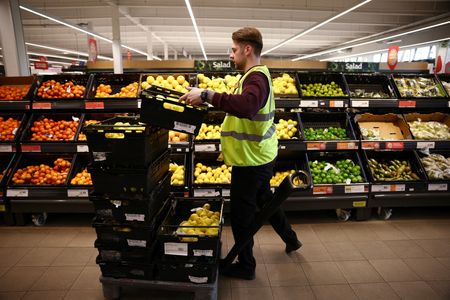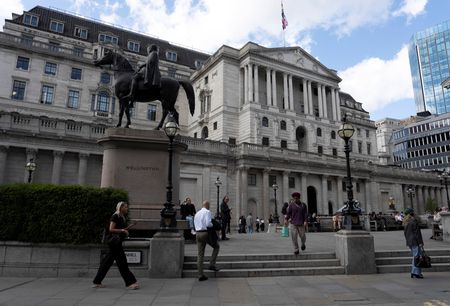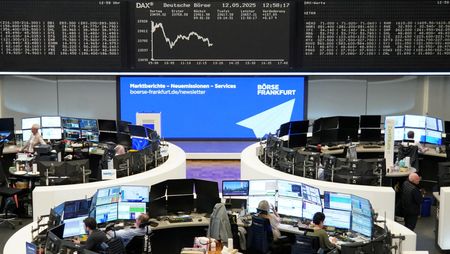LONDON (Reuters) -Upcoming changes in the way Britain calculates the country’s inflation rate would have produced slightly lower headline figures for the year to June 2024, figures from the Office for National Statistics showed on Tuesday.
Annual consumer price inflation would have averaged 0.28 percentage points less per month versus the reported data in the year to June 2024, if the figures had used grocery scanner data – slated for introduction in February 2026 – on top of other improvements introduced this year, according to Reuters calculations.
The ONS said existing inflation data will not be revised. It will also run the grocery scanner data parallel to consumer price inflation for a year before introducing it to ensure quality.
The agency has faced criticism from the Bank of England and other economists about the quality of its data on unemployment and people in work after a sharp fall in response rates during the coronavirus pandemic. Last month it also postponed publication of trade and producer price inflation datasets.
The BoE, which is closely monitoring inflation pressures in the economy, relies on the ONS’ inflation and labour market statistics as part of its decision-making process on interest rates.
The new inflation methodology will improve the breadth of products covered by the ONS, enabling it to gather prices across the course of a month rather than on a specific day, capture changes in consumer behaviour in response to price changes, and about how much is sold.
It now has access to around 300 million price points derived from sales of over a billion units of products per month, collected directly from scanners at supermarkets.
That is up from 25,000 prices per month collected by the agency’s staff going into stores, and represents the biggest update so far of the agency’s inflation data gathering, covering 50% of the grocery market and the remainder to be covered by the existing in-store collection.
(Reporting by Andy Bruce and Suban Abdulla; editing by Sarah Young)









